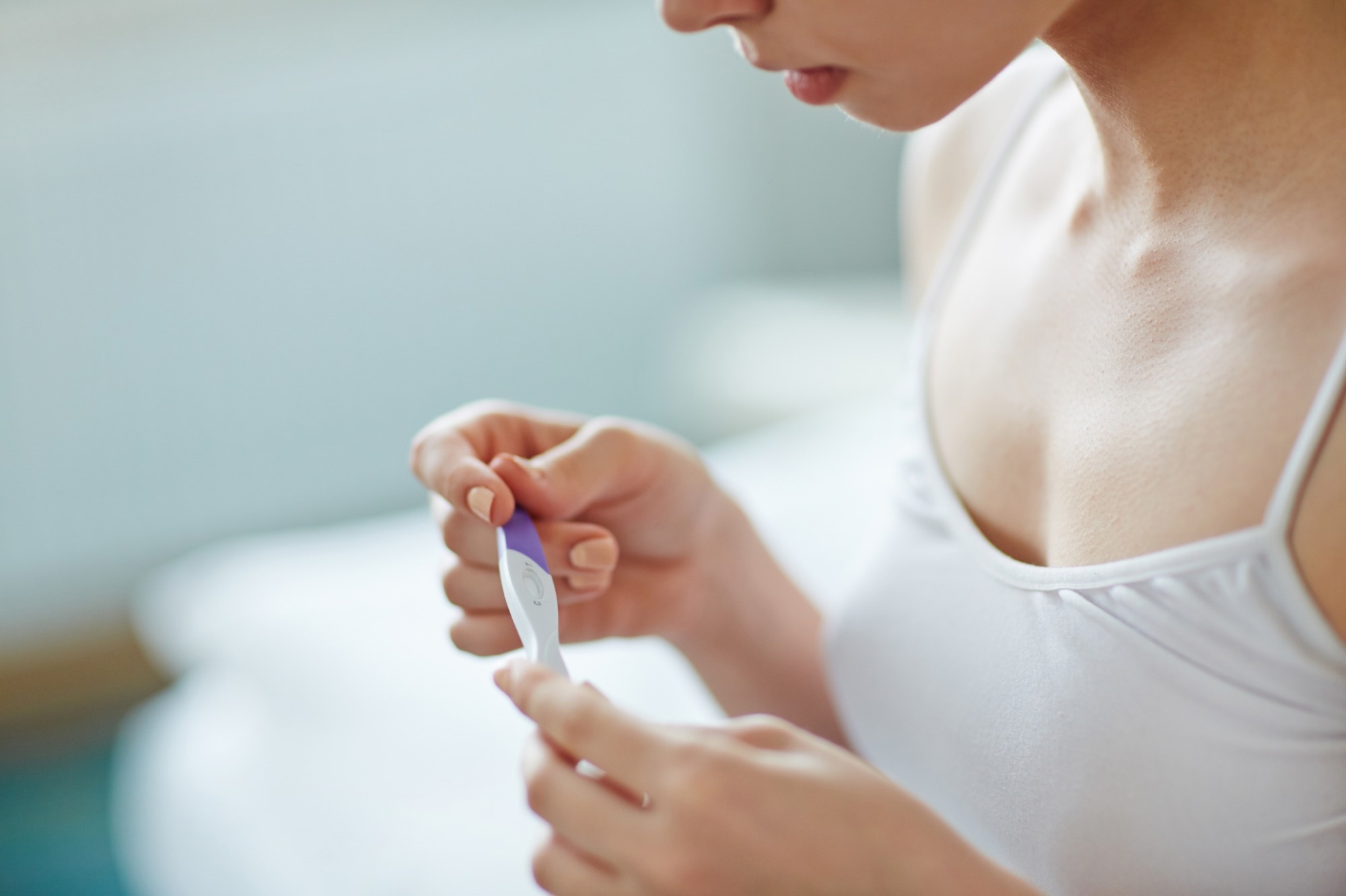In a recent study published in JAMA Network Open, researchers examined the risk of early death beyond 12 years of age related to teenage pregnancies and gestational age.
 Study: Teen Pregnancy and Risk of Premature Mortality. Image Credit: Pressmaster/Shutterstock.com
Study: Teen Pregnancy and Risk of Premature Mortality. Image Credit: Pressmaster/Shutterstock.com
Background
Teen pregnancy is a leading cause of mortality among young girls in the United States, with direct fatalities primarily due to bleeding, hypertension, or sepsis.
Adverse childhood experiences (ACEs) like maltreatment, family divorce, or financial loss are associated with later teen pregnancy, drug use, and suicide.
However, research on teen pregnancies is scarce due to small sample numbers, self-documented outcomes, insufficient data on induced abortions, and limited information regarding the death cause. Population-based statistics from a universal healthcare system in Canada may capture all teenage pregnancies with low selection bias.
About the study
In the present population-based study, researchers examined the risk of premature death at the age of 12 years related to adolescent pregnancies.
The researchers conducted the study between 1 April 1991 and 31 March 2022 in Ontario, including females aged 12 years with Ontario Health Insurance Plan (OHIP) eligibility.
The primary exposure was the count of adolescent pregnancies from 12 to 19 years, with teen pregnancy dates categorized as live births, stillbirths, induced abortions, or miscarriages. Secondary study exposures included teen pregnancy outcomes (miscarriage or delivery vs. induced abortions) and participant age during the first adolescent pregnancy.
The primary outcome was any-cause death starting at the age of 12, whereas the secondary study outcome was any-cause death beginning at the age of 20.
The datasets, which included hospitalizations, emergency department visits, census data, births and deaths, and induced abortions, were evaluated at ICES using unique encoded identifiers and deterministically linked.
The team used Cox proportional hazards regressions to calculate the adjusted hazard ratios (AHRs), including covariates such as birth year, comorbid conditions between the ages of 9 and 11 years, rurality, region-wise educational attainment, and income.
For fatal injuries of the intentional type among individuals with or without a teenage pregnancy, they provided a breakdown for assault- and self-harm-related ones using the International Classification of Diseases (ICD)-9 and 10 codes.
Results
Among 2,242,929 adolescents, 7.3% (n=163,124) had a teenage pregnancy at 18 years of age (median), with 121,276 (74%) having one pregnancy and 41,848 (26%) having two or more.
Those with adolescent pregnancies showed an increased likelihood of living in the lowermost statistical quintile for income and areas with lower high school graduation rates.
Females with adolescent pregnancies had a higher percentage of self-injury histories in the 12-to-19-year period than adolescents without [5.0% (n=8,123) versus 1.5% (n=30,669)], but not comorbid conditions, including those related to mental or physical health.
Of those who had adolescent pregnancies, 60,037 (37%) gave birth [including 99% (n=59,485) live births], 65% (n=106,135) had induced abortions, and 11% (n=17,945) had miscarriages or ectopic pregnancies.
The median participant age after the follow-up period was 25 years for females without adolescent pregnancies and 31 years for participants with teenage pregnancies.
There were 6,030 mortalities (1.90 for every 10,000 individual-years) among adolescents with no pregnancy history, 701 mortalities (4.10 in 10,000 individuals-years) among females who conceived once in their teenage, and 345 mortalities (6.10 in 10,000 individual-years) among females with multiple teenage pregnancies; AHR values were 1.5 and 2.1 for adolescents with single and multiple pregnancies, respectively.
The AHR values were virtually unaltered in an additional examination of all-cause mortality beginning at 20. After correcting for time-varied psychiatric health characteristics from the 12-to-19-year period, the AHR values showed slight attenuation but statistical significance after one adolescent pregnancy (AHR, 1.3) or two or more teenage pregnancies (AHR, 1.8).
In comparison to no adolescent pregnancy, the adjusted HR value for premature mortality was 1.4 in the case of the first teenage pregnancy resulting in termination and 2.1 for cases resulting in delivery or miscarriage.
When comparing individuals with and without adolescent pregnancy history, the adjusted HR values for premature mortality from non-injury, unintentional harm, and intentional injuries were 1.3, 2.1, and 2.0, respectively.
Noninjury-related premature mortality was more prevalent among persons with teen pregnancies (2.0 in 10,000 individual years) than unintentional (1.0 in 10,000 individual years) or purposeful (0.4 in 10,000 individual years) fatalities from injury.
Those who had an adolescent pregnancy before the age of 16 had the highest rate of early mortality, with an AHR of 2.0.
Noninjury-related premature mortality was more prevalent among persons with teen pregnancies (2.0 in 10,000 individual years) than unintentional (1.0 in 10,000 individual years) or purposeful (0.4 for every 10,000 individual years) fatalities from injury.
Those who had an adolescent pregnancy before the age of 16 had the highest rate of early mortality, with an AHR of 2.0.